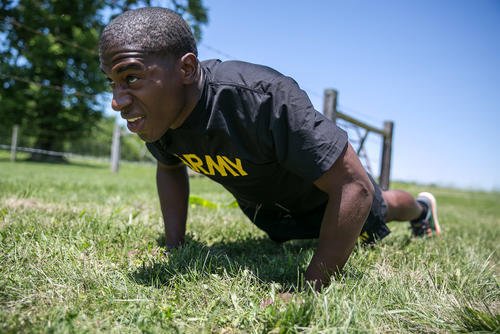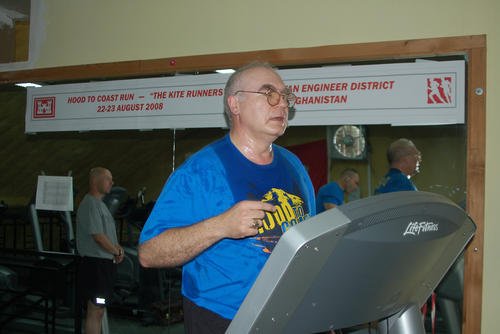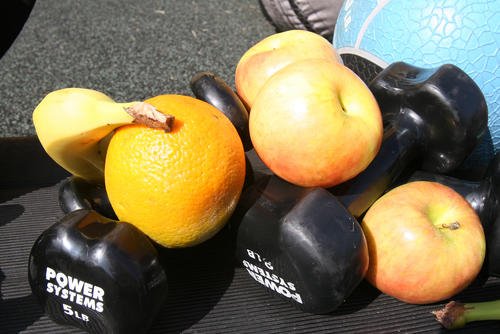As living creatures, we live to breathe, or we breathe to live. Maximizing the benefits of breathing can be beneficial for many common ailments, provide immediate stress relief, and improve mental focus. Therefore, it makes sense that we should intentionally improve our breathing. During physical activity, working in high stress situations, and sleeping, being a nose breather can improve mood, physical and mental performance, and rest and recovery. Here’s how to use breathing to improve your overall health, wellness and abilities:
Nasal Breathing
The benefits of breathing through the nose are numerous, from simply being a filter to improving mental scores on tests; boosting nitric oxide concentrations, which aids as an antibacterial, antiviral and anticoagulant (prevents blood from clotting), and in dilating blood vessels and lowering blood pressure.
Nasal breathing is our immediate natural response to dealing with everything from daily stress to emergency situations. It is our gateway to thinking through high-stress and complex situations, rather than just reacting.
Unilateral Nostril Breathing
There remains conflicting evidence about the psychological and cognitive impacts of unilateral nostril breathing (UNB). Much of the existing research focuses on left-right brain activity during specific cognitive tasks, leaving many questions unanswered regarding its broader effects on psychological and cognitive well-being. More research is needed.
However, adjusting nasal airflow has been linked to a range of health benefits. It may contribute to improved physical wellness by reducing risks for conditions such as asthma, cardiovascular and gastrointestinal issues, hypertension, chronic pain, and inflammation. Additionally, nasal breathing techniques show promise for supporting mental health and may assist in the management of anxiety, obsessive-compulsive disorder, depression, post-traumatic stress disorder, panic attacks and various addictions.
Left Nostril Breathing
A significant decrease in systolic blood pressure, diastolic blood pressure and mean pulse rate/minute (MPR/minute) has been reported after five minutes of left nostril breathing (LNB). LNB reduces sympathetic activity, which is our “fight or flight” response that can get hijacked by stress and previous trauma. Breathing like this helps to engage our parasympathetic nervous system, which places us in a “rest or digest” state. When stressed, try breathing through your left nostril.
Right Nostril Breathing
Right nostril breathing (RNB) activates the sympathetic nervous system, causing an increase in arousal and thus energized emotional states (happiness), increased cognitive focus leading to faster reaction times, and a significant increase in oxygen levels in the left prefrontal cortex. This part of the brain is our planning and decision-making section, as well as focus, attention to details/surroundings, and working memory. When needing to be more awake and alert, try right nostril breathing.
Alternative Nostril Breathing
In general, mastering breathing can positively impact your mental and physical health, and alternate nostril breathing can aid in stress relief, promoting sleep, and enhancing your focus on the task at hand. Here is how you do it: Breathing in on one side of the nose then exhaling out the other side is the alternating breathing method. Try this: Using your right hand, place your index finger on your left nostril and thumb on the right nostril. Take a big exhale through your mouth. Then, hold your right nostril shut with your thumb, breathe in through your left nostril, close your left nostril, and exhale through your right nostril. Then go in reverse. Breathe in through your right nostril and exhale through your left nostril. Continue for 5 minutes.
Breathing Phone Applications to Help Get Started
Breathing apps for your phone can help walk you through deep breathing practices. From Wim Hoff, to Dive Hard O2/CO2 Tables, to the Calm app and many more, dozens of phone applications can help you get started and find what works best for you.
There are over 1,500 articles about stress relief, parasympathetic and sympathetic nervous system responses, and better sleep at the Military.com Fitness Section. Be sure to search the section for all things on military fitness, health and wellness.
Want to Learn More About Military Life?
Whether you're thinking of joining the military, looking for fitness and basic training tips, or keeping up with military life and benefits, Military.com has you covered. Subscribe to Military.com to have military news, updates and resources delivered directly to your inbox.



















